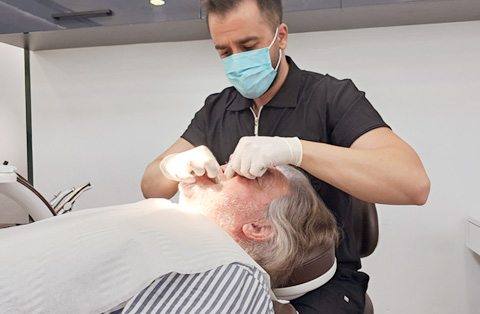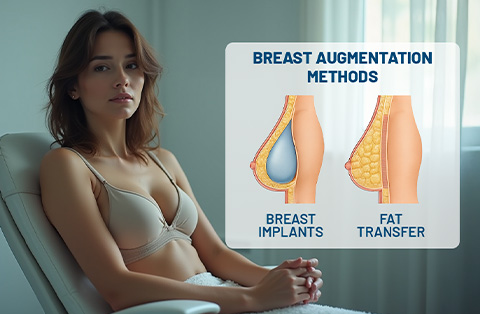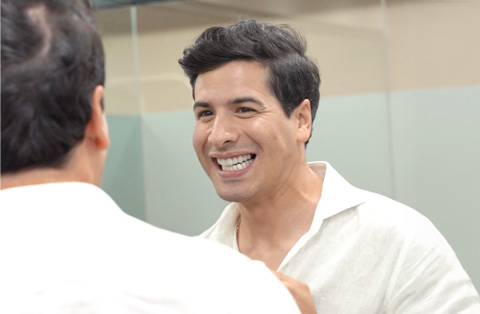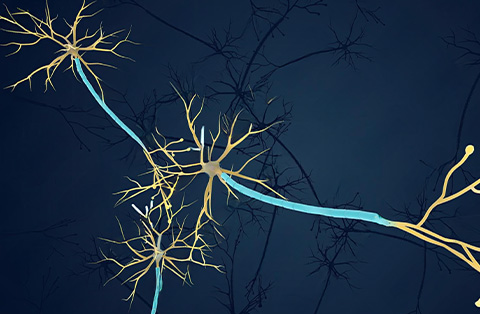Explore groundbreaking advancements in eye transplantation. From restoring damaged corneas to pioneering whole-eye transplants, discover how these innovations bring hope for vision restoration.
What is Eye Transplant Surgery?
Eye transplant surgery involves replacing damaged or diseased tissues of the eye with healthy donor tissues to restore vision or improve eye function. Currently, most procedures focus on transplanting specific parts of the eye, such as the cornea, which is the clear, dome-shaped layer covering the front of the eye.
These surgeries aim to treat conditions like corneal scarring, keratoconus, or severe infections. Unlike a whole eye transplant, which remains experimental, partial transplants are well-established and commonly performed.
Eye transplant surgeries are highly specialized and require advanced surgical techniques. They often provide life-changing benefits by improving or restoring a patient’s vision.
What Parts of the Eye Can Be Transplanted?
Several parts of the eye can be successfully transplanted to treat specific vision problems. These procedures involve replacing damaged tissues with healthy donor tissues. The most common transplantable parts include:
Cornea: The most frequently transplanted part of the eye. Corneal transplants treat conditions like scarring, keratoconus, and infections.
Sclera: Transplanted in cases where the outer white part of the eye is damaged due to injury or disease.
Retina Transplant or Retinal Cells: Experimental therapies are exploring the transplantation of retinal cells to address diseases like macular degeneration or retinitis pigmentosa.
Limbal Stem Cells: Used in transplants to repair damage to the cornea caused by chemical burns or severe injuries.
While the cornea transplant is routine, procedures involving retinal cells or limbal stem cells are still in development, offering hope for more advanced treatments in the future.
Current Limitations in Whole Eye Transplantation
Whole eye transplantation remains an experimental concept with significant challenges. Unlike corneal transplants, which are routine, replacing the entire eye is far more complex due to several limitations:
Optic Nerve Connection: The optic nerve, which transmits visual information from the eye to the brain, cannot be reconnected once severed. Restoring vision requires overcoming this major obstacle.
Immune Rejection: The eye has some immune privilege, but transplanting an entire eye increases the risk of rejection by the recipient's immune system.
Vascular and Tissue Integration: Ensuring proper blood supply and integration of all eye structures remains difficult.
Neurological Complexity: The intricate connection between the eye and the brain poses challenges in restoring full functionality and sensory perception.
Despite these challenges, ongoing research in nerve regeneration, immune modulation, and bioengineered tissues provides hope for future breakthroughs in whole eye transplantation.
Is a Whole Eye Transplant Possible?
A whole eye transplant is not currently possible due to significant scientific and technical challenges. Unlike partial eye transplants, such as corneal transplants, replacing the entire eye requires addressing complex anatomical and neurological obstacles.
The primary challenge lies in reconnecting the optic nerve, which carries visual signals from the eye to the brain. Once severed, the optic nerve’s delicate fibers cannot regenerate, preventing the restoration of vision.
Other challenges include:
Ensuring proper integration of blood vessels and eye tissues.
Managing the high risk of immune rejection with such a complex graft.
Restoring the eye’s intricate connection to the brain for functional vision.
While advancements in nerve regeneration, bioengineering, and immunology hold promise, whole eye transplantation remains in the experimental stage. Research continues to explore innovative solutions, bringing hope for the future of this groundbreaking procedure.
NYU Langone Health's Research on Whole Eye Transplants
In May 2023, a surgical team at NYU Langone Health achieved a medical milestone by performing the world's first whole-eye and partial-face transplant. The recipient, Aaron James, a 46-year-old military veteran, had suffered severe facial injuries and the loss of his left eye due to a high-voltage electrical accident.
The complex 21-hour procedure involved transplanting the entire left eye and a portion of the face from a single donor. Post-surgery evaluations revealed that the transplanted eye maintained normal pressure and blood flow, with a viable retina. Although vision was not restored, tests indicated that the eye's photoreceptor cells remained responsive to light, suggesting potential for future advancements in vision restoration.
Building on this success, NYU Langone is collaborating with over 40 experts nationwide in a project funded by the Advanced Research Projects Agency for Health (ARPA-H). The initiative, known as the Transplantation of Human Eye Allografts (THEA) program, has awarded up to $56 million to advance whole-eye transplantation research. The focus includes refining surgical protocols, understanding molecular aspects of transplanted eyes, and exploring nerve regeneration techniques to eventually restore vision in transplant recipients.
These efforts represent significant strides toward overcoming the challenges of whole-eye transplantation, offering hope for future procedures that could restore sight to individuals with severe ocular injuries.





